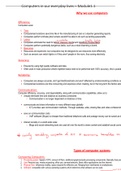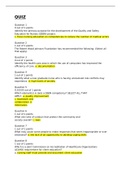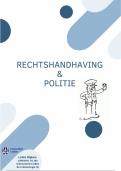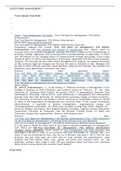Summary
Grade 12 - Theory Exam Full Summary
Finals are hard but studying doesn't have to be. With StudyingMadeEasy, SMilE:) and beat the exam stress, before it beats you. This document includes a full comprehensive summary of all the Grade 12 Theory work and additional notes. As well as free summary recap sheets at the end of each top...
[Show more]







